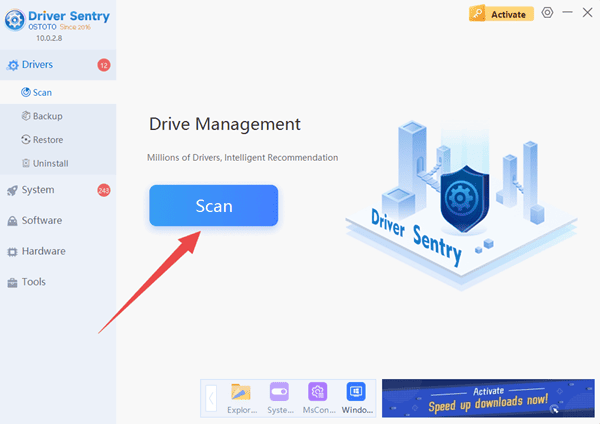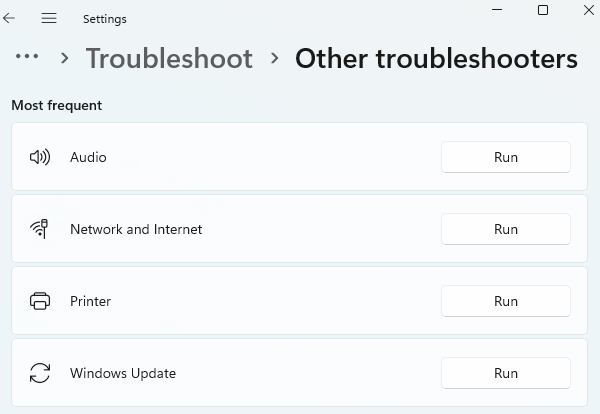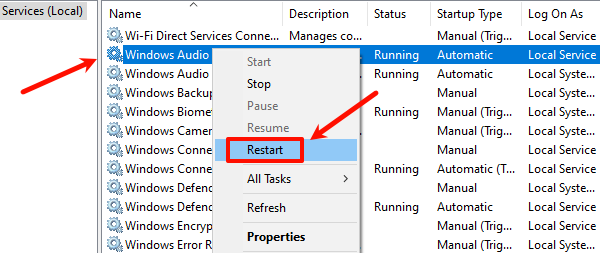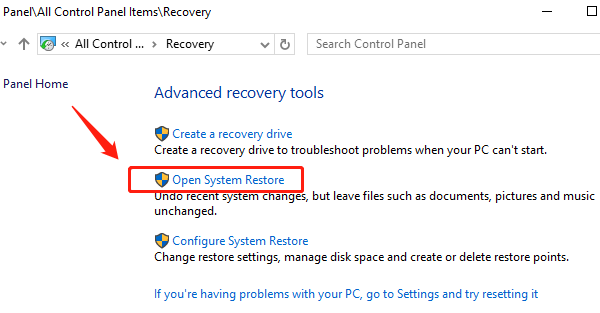
It can be very frustrating to update your Windows system and find that there is no sound. This article will provide you with a detailed guide to help you solve the problem of no sound after Windows update.
1. Check the Volume Settings
First of all, we need to make sure that there is no problem with the most basic volume settings:
Click the volume icon at the bottom right corner of the taskbar to make sure the volume is not set to mute and turn up the volume. You can right-click on the volume icon and select "Open Volume Synthesizer" to check the volume settings of each application.
Sometimes, the volume of a specific application may be turned down or muted individually. Open the application you are using and check its volume setting to make sure the volume is normal.
2. Update Audio Driver
Audio driver problems are a common cause of no sound after Windows update. We recommend using Driver Sentry to automatically detect and update drivers, saving you time while avoiding the risk of downloading or installing incorrect drivers.
Click the download button to get the latest version of Driver Sentry, install it, then open the software and click "Scan".

After scanning, it will display which drivers are not installed or need updates. Find the audio driver in the results list and click the "Upgrade" button.
After the update is complete, it is advisable to restart the computer to ensure the updated drivers function properly.
3. Check the Audio Device
After Windows update, sometimes the default audio device settings are changed, resulting in no sound output. You can follow the steps below to check and set the default audio device:
Right-click the volume icon and select "Sound".
In the "Playback" tab, check if there are multiple audio devices (e.g. speakers, headphones, HDMI output, etc.).
Select the audio device you are using and click "Set as default device".
Click "OK" to save the settings.
4. Run Audio Troubleshooter
The Audio Troubleshooter that comes with Windows can help detect and fix audio problems. You can run the Audio Troubleshooter by following the steps below:
Open Settings (press 'Win + I') and select 'Update and Security'.
Select "Troubleshooting" in the left menu, then select "Other Troubleshooting".

Under the "Play Audio" option, click "Run Troubleshooter" and follow the prompts to complete the testing and repair.
5. Check Audio Service
The audio service in Windows needs to be running properly to ensure the sound output. You can follow the steps below to check the status of the audio service:
Press 'Win + R', type 'services.msc' and press Enter to open the Service Manager.
Find the 'Windows Audio' and 'Windows Audio Endpoint Builder' services in the service list.
Make sure the status of these two services is "Running". If they are not running, right-click on the service name and select "restart".

6. Check Audio Connections
Sometimes, physical connection problems can also cause no sound output. Check the connection of your audio device:
Ensure that headphones or speakers are properly plugged into the computer's audio jack. If the device is loosely connected, it may result in no sound.
Check the audio interface. Try plugging the audio device into a different audio interface on your computer to rule out the possibility of a damaged interface.
7. Restore the System
Type "Control Panel" in the search bar and click to enter.
In the Control Panel, find and click "Recovery".

Click "Open System Restore", follow the prompts to choose a restore point, and select a date and time to restore to.
Above is the way to solve the problem of no sound after Windows update, hope it will help you.
See also:
How to Fix Slow Printing Issues
Guide to Fixing Printer Not Printing in Color